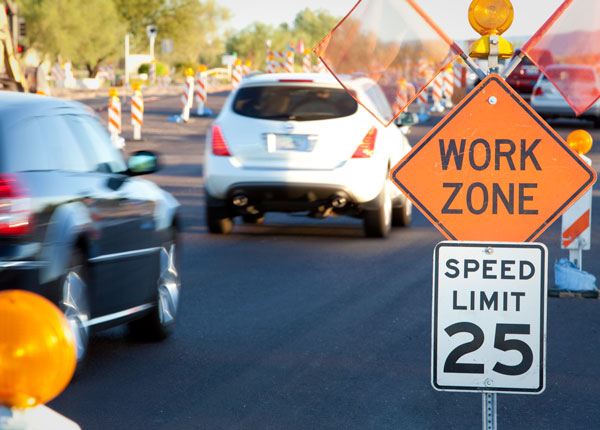
Highway Driving Safety: Planning The Route & Preparing for The Trip
Updated Dec. 11, 2020If your journey involves using unfamiliar limited access highways, planning your route ahead of time is essential. Mapping out your trip in advance will minimize stress and ensure you do not miss vital exits on the freeway. There are some other pre-trip preparations you should consider when traveling on major highways – including readying your vehicle – which are discussed in this section.
Planning the route
It is important to familiarize yourself with the route you will be taking before setting off, especially if you have not used these exits or specific stretches of the highway previously. Without prior planning, you may miss an important highway turn off or endanger yourself (and everyone around you) by exiting the highway too hastily.
Many drivers make the mistake of thinking it is not necessary to map out a route if they have a GPS system installed in the car or an internet mapping application available on their cell phones. Remember, these methods of navigation are not always reliable! If one of these electronic navigation systems fails and you did not pre-plan your journey, you could be in serious trouble.
In planning your journey, figure out which highways and exits you will be using and note down their numbers, along with the approximate distance between each milestone and alternate routes should any highways be closed. You should also look at the overall distance of your journey and figure out approximately how much gas you will need, and whether it will be necessary to refuel along the way. Finally, note down places where you can stop to rest, eat and refuel your vehicle.
Choosing the best time to travel
Stretches of highway that pass near cities and other major populations will likely become congested around morning and afternoon rush hour. Take this into consideration when planning your journey and avoid these times or allow more time to reach your destination.
Preparing the vehicle
It is good practice to give your vehicle a quick health-check before setting off on any journey, but particularly important when preparing to travel long-distance. When preparing your vehicle before a trip:
- Check your fuel and oil levels.
- Check your tire pressure.
- Make sure your lights are working.
- When carrying a large amount of luggage, make sure the weight is spread out evenly around your vehicle – especially if you will be traveling in a hilly or mountainous area.
You may also wish to keep an emergency kit in your car with some essential items, in case you break down. This could include food, water, battery jumper cables, a torch, a spare tire and the necessary tools for changing it. In very cold weather, you should also pack warm clothing such as gloves, a hat, a heavy jacket and snow boots. Having these items on hand could save your life in an emergency!




